Session 1: Tuesday 15th April
This week was the first class. During the class, the teacher focused on elaborating on the course design, marking criteria, syllabus, etc. of critical thinking. This plays a crucial role for us to understand this course. Meanwhile, the teacher focused the course emphasis on the format of the thesis, mainly explaining the format of the Harvard standard to ensure the correctness of the thesis format.

Session 2: Tuesday 22nd April
This week, the teacher mainly talked about concepts such as animation, storyboarding, shot size and depth of field. These concepts helped me review the knowledge of film theory from last semester. In addition, many different cases were analyzed in detail to help us enhance our understanding.
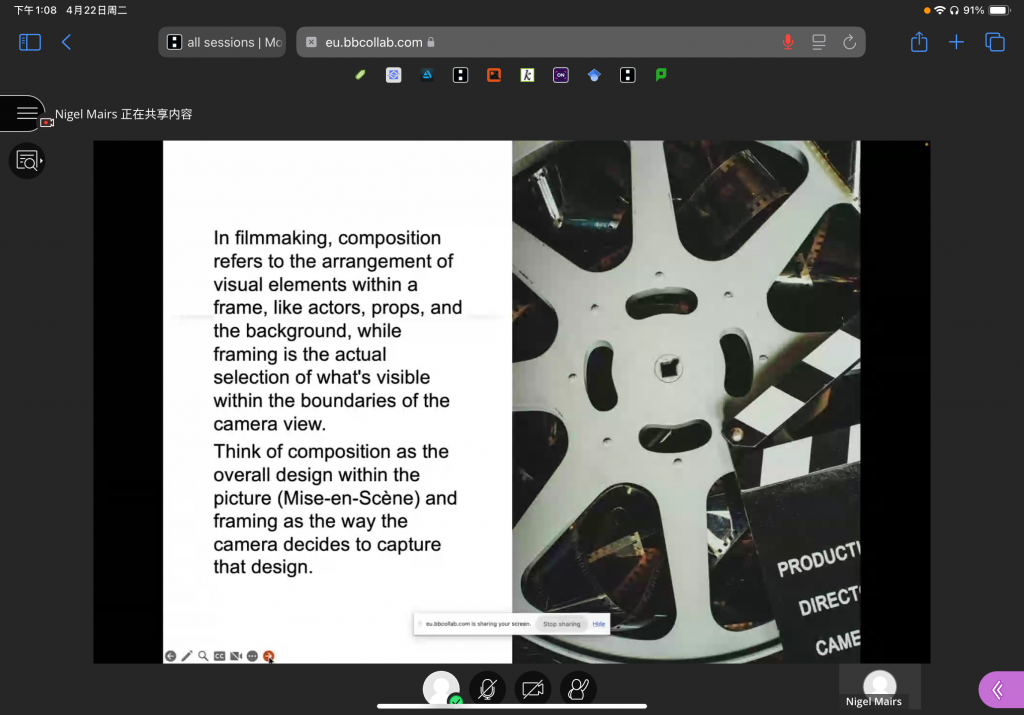
Session 3: Tuesday 29th April
This class explored the language of film and animation, with a focus on editing and historical development. Editing shapes narrative flow, directs viewer attention, and builds rhythm. Key rules include making cuts invisible, maintaining narrative control, and encouraging viewer engagement.
Two editing styles are discussed: continuity editing (smooth, linear storytelling) and discontinuity or montage editing (creating contrast or meaning through juxtaposition). In animation, Disney’s “hyperrealism” blends stylization with lifelike detail, influencing global animation while sparking alternative, experimental responses.
The history section outlines the evolution from early cinema (Lumière brothers) to modern animation and VFX, showing how technological advances have expanded visual storytelling. Students are encouraged to engage through note-taking, timelines, and reflective blog writing.
Suggested research topics include how studios adopt or resist Disney’s style, how animation uses unique tools like transformation and abstraction, and how it challenges traditional film language, as seen in Duck Amuck.
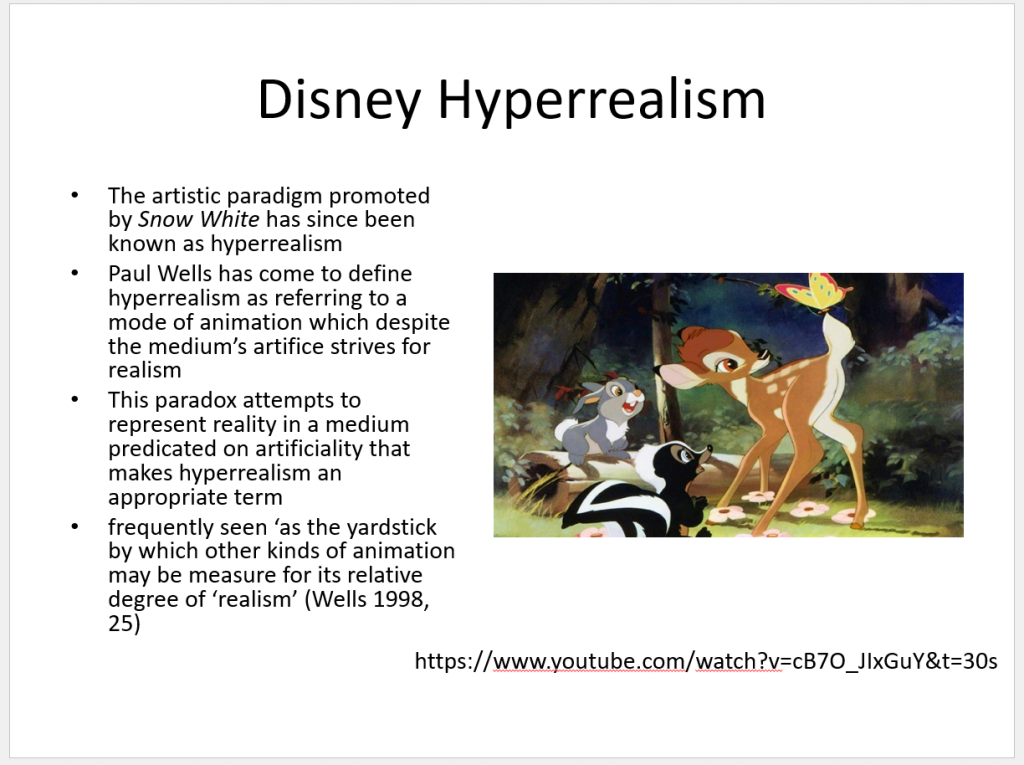
Session 4: Tuesday 6th May
This course comprehensively explores the history and impact of innovative and emerging practices in animation, with a particular focus on the contributions of independent practitioners and experimental animators. In the class, we studied how artists working outside mainstream commercial studios constantly break through the boundaries of media – experimenting with forms, techniques and narratives. The course covers significant historical moments, ranging from the early avant-garde works of the 1920s to contemporary digital and interdisciplinary practices. The focus is on how these animators introduce new aesthetic languages, engage in political or philosophical ideas, and influence the broader trends of animation and visual culture. At the end of the course, the teacher also elaborated in depth on the methods of finding and researching reference papers
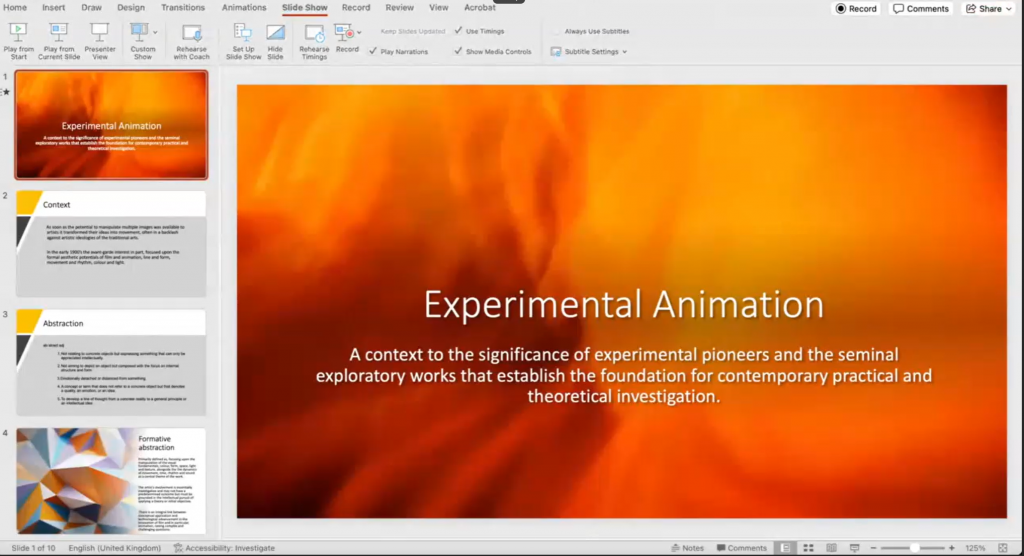
Session 5: Tuesday 13th May
This meeting will determine the role of animation in the social and political context, as well as its potential in reviewing and documenting social justice, equality and diversity. Similarly, this also inspires the topic of our subsequent critical report. Examining the same matter from different perspectives means that animation can lead to different influences in different humanistic environments.

Session 6: Tuesday 20th May
In this session, I learned about the key components of writing a Critical Report, especially how to develop a literature review and construct a strong academic argument to support personal observations and strengthen the validity of the conclusions. I also learned about the importance of one-to-one tutorials and was encouraged to sign up for a session.
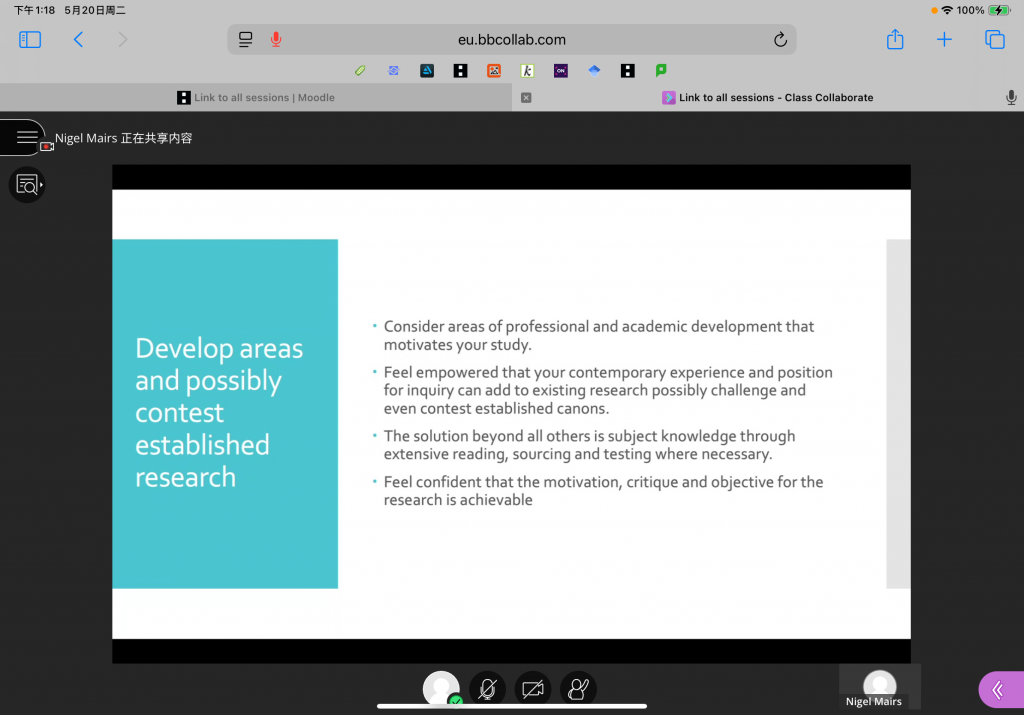
Session 7: Tuesday 27th May
This class is mainly a tutorial for students and does not cover any practical courses
Session 8: Tuesday 3rd June
In this session, we’ll focus on improving our academic writing and learn how to properly use the Harvard citation style. There will also be a discussion about how to approach the literature review part of our report, which is super helpful for our upcoming submission on 27th June.

Session 9: Tuesday 10th June
The focus of this week’s class was mainly on the part related to article writing, and I also had a one-on-one tutorial with Nigel this week. This inspired me a lot. It made me realize that I had been too focused on the technical part before and neglected the artistic understanding and thinking. So I finally decided to start writing my articles again, paying more attention to the manifestation and understanding of critical thinking.
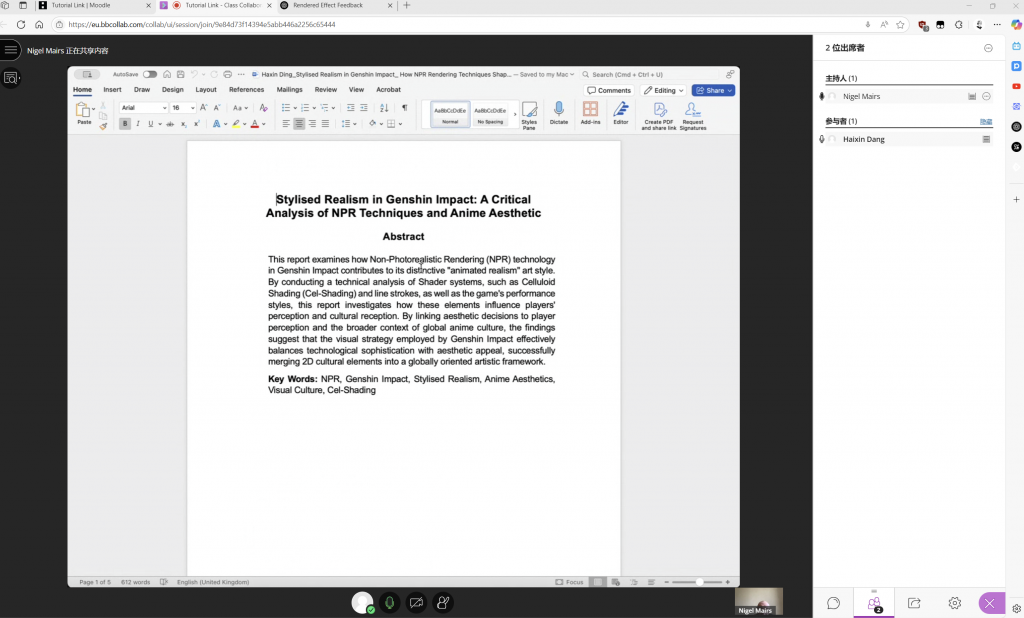
Session 10: Tuesday 17th June
As a student, I found this academic writing session very helpful. It focused on how to use quotations and paraphrasing effectively, which is essential for avoiding plagiarism and strengthening arguments. The session also taught me how to integrate sources while maintaining my own voice. It was a valuable learning experience.
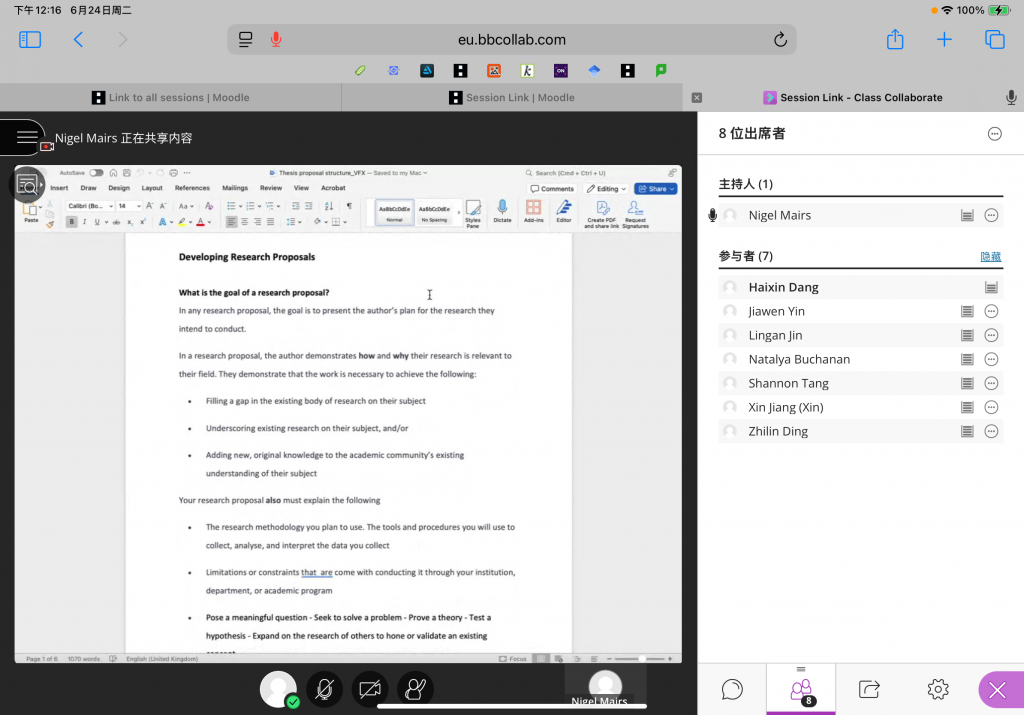
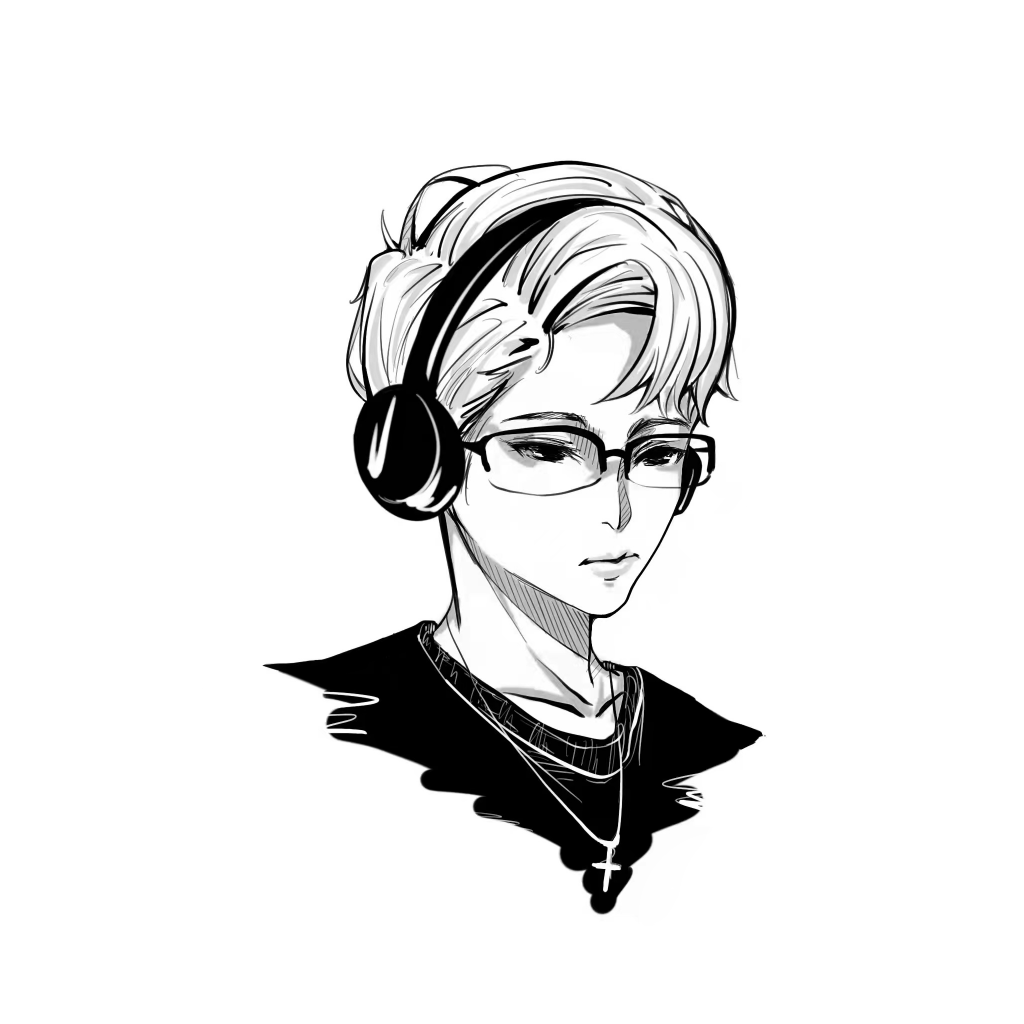
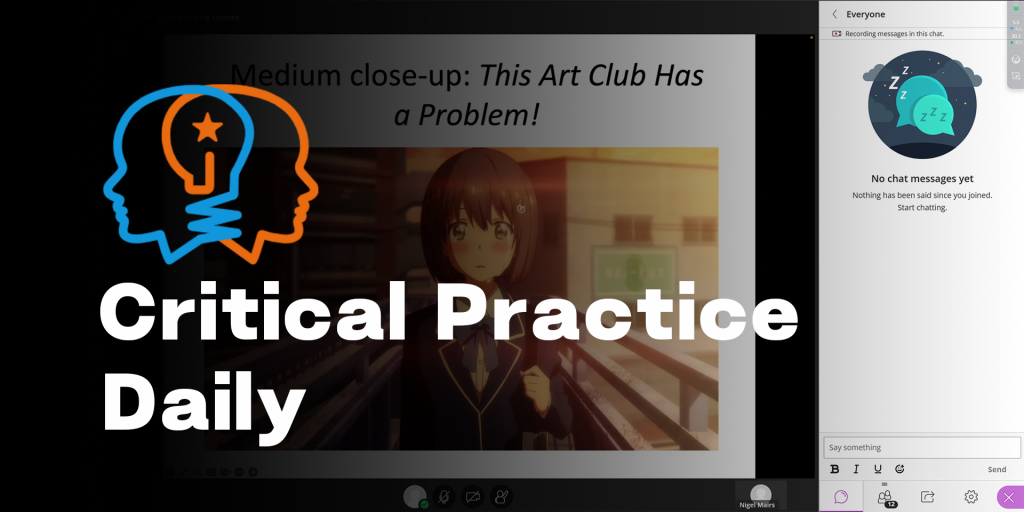
Leave a Reply